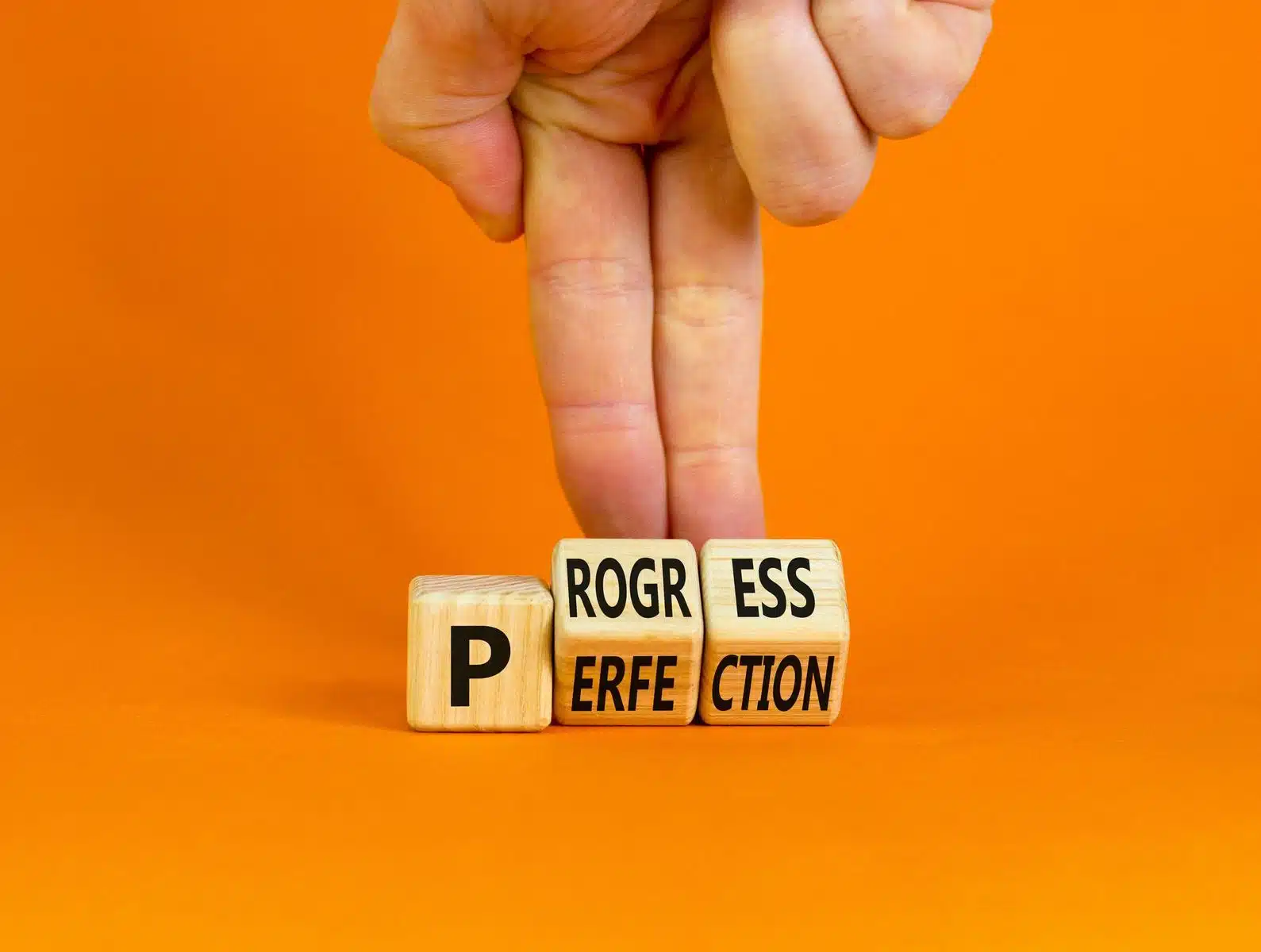Navigating the Dance Floor: Perfectionism and Procrastination Unveiled
In the grand ballroom of our lives, two dancers gracefully sway to an intricate rhythm, their steps often indistinguishably intertwined—Perfectionism and Procrastination. Understanding the similarities and nuances of these dance partners is crucial for deciphering their influence on our daily routines. Let’s explore the shared traits, differences, and strategies to identify whether perfectionism or procrastination is taking the lead.
Similarities:
Fear of Failure: Both perfectionism and procrastination often stem from a shared fear of failure. The perfectionist fears falling short of impeccability, while the procrastinator fears not meeting expectations.
Inner Critic: Both dancers come with an inner critic that incessantly whispers doubts and fosters self-criticism. This critical voice can contribute to feelings of inadequacy and hinder progress.
Avoidance Tactics: Perfectionism and procrastination employ avoidance tactics, albeit in different ways. While perfectionism avoids starting a task due to fear of imperfection, procrastination delays tasks to avoid the anxiety associated with taking action.
Identifying Perfectionism:
Setting Unrealistic Standards: Perfectionists set impossibly high standards for themselves, aiming for flawless execution in every endeavor.
Excessive Self-Criticism: The perfectionist’s inner critic is relentless, berating them for perceived shortcomings and mistakes.
Difficulty Delegating: Perfectionists often struggle to delegate tasks, fearing that others won’t meet their exacting standards.
Identifying Procrastination:
Delaying Tasks: Procrastinators habitually postpone tasks until the last minute, creating a sense of urgency that may hinder the quality of their work.
Avoidance of Discomfort: Procrastination is often a response to discomfort or anxiety associated with a particular task, leading to avoidance through delay.
Engaging in Mindless Activities: Procrastinators may engage in mindless activities, such as scrolling through social media, to escape the responsibility of confronting a challenging task.
Strategies for Finding Harmony:
Mindfulness and Awareness: Cultivate mindfulness to become aware of negative thought patterns associated with both perfectionism and procrastination.
Set Realistic Goals: Differentiate between setting high standards and setting unattainable perfection. Establish realistic and achievable goals.
Break Tasks into Chunks: Combat procrastination by breaking tasks into smaller, more manageable steps, making the overall process less overwhelming.
Challenge Negative Thoughts: Challenge the inner critic’s negative thoughts associated with perfectionism. Replace self-critical thoughts with positive affirmations.
As we navigate the dance floor of life, recognizing the intertwined steps of perfectionism and procrastination allows us to reclaim control. By identifying their unique traits, understanding the shared fear of failure, and implementing strategies to find harmony, we can gracefully waltz through challenges with a newfound sense of balance and self-awareness.

